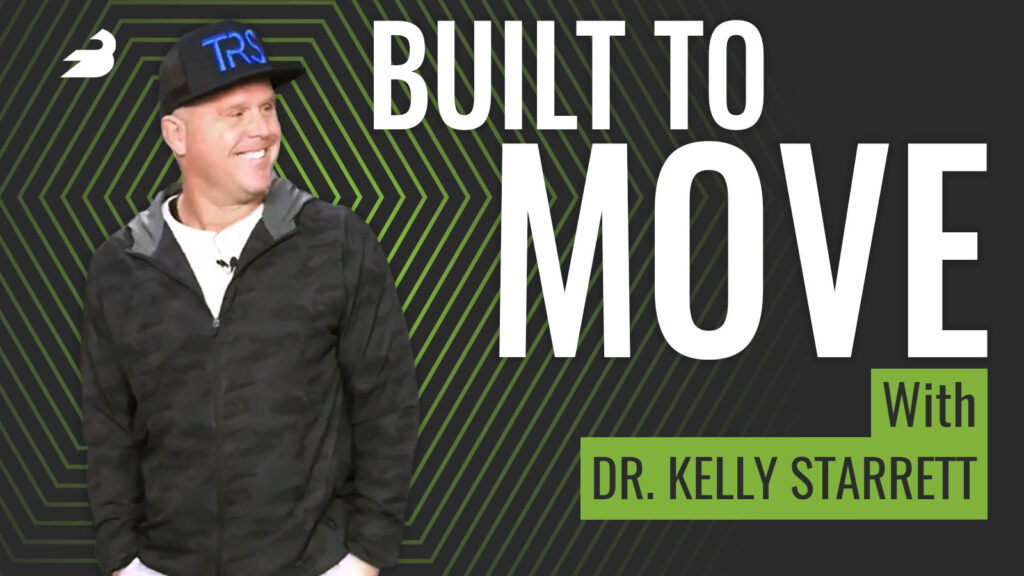Today I’m talking to Dr. Kelly Starrett, someone I’ve known for approaching a decade. He’s a New York Times Bestselling author and the mastermind behind The Ready State. Kelly works with pro athletes, world record holders, and championship sports teams, but what he’s REALLY focused on these days is getting the general population moving better and living richer lives. Our conversation covers a range of topics, all relating back to how we as humans can move better for longer.
Kelly’s new book, Built to Move, releases April 4th, and it’s a reflection of his lifelong obsession with learning — and teaching others — movement. You won’t think about training quite the same way after this!

In this episode of the BarBend Podcast, host David Thomas Tao talks to Kelly Starrett about:
- How Kelly’s approach has changed since 2014 (when we first met!) (3:00)
- “Sport has become even more important because it binds communities together” (7:30)
- Overcompensation and objective measures in lifestyles (12:00)
- “Do you think you’re REALLY outworking the competition?” and why that’s a flawed approach (17:30)
- Teams on the cutting edge of sports performance (22:00)
- Why hiring a team chef is one of the most impactful thing a pro sports team can do (25:00)
- Creating a super-network of coaching (30:00)
Relevant links and further reading:
- Visit Kelly’s homepage
- Follow Kelly on Instagram
- Follow David Thomas Tao on Instagram and Twitter